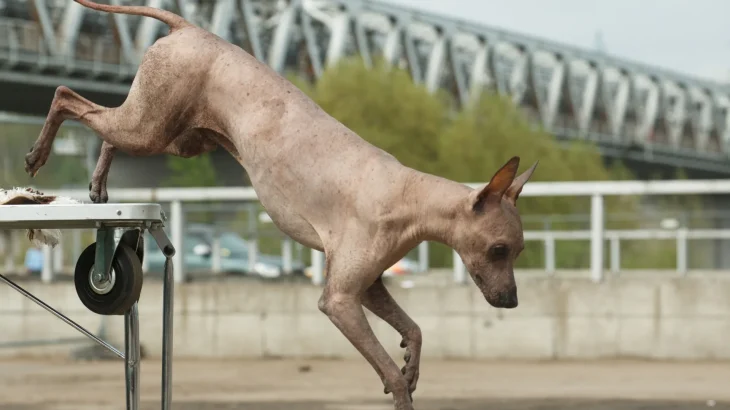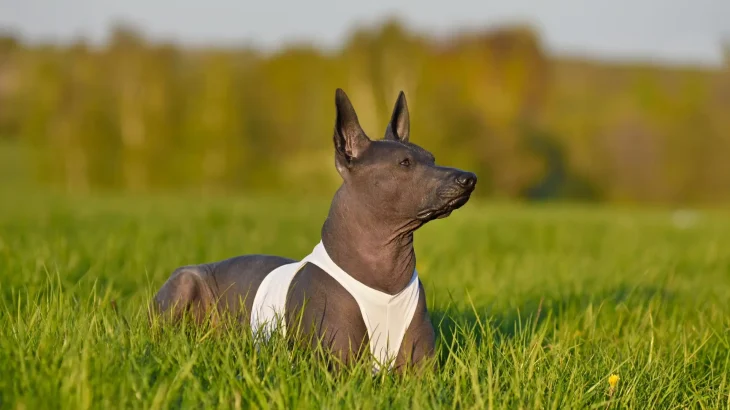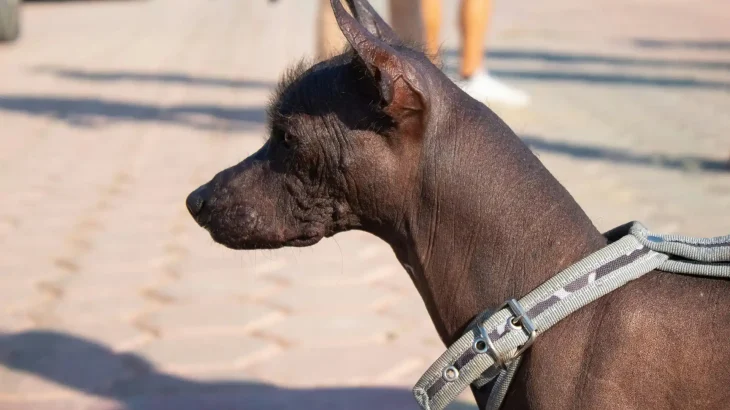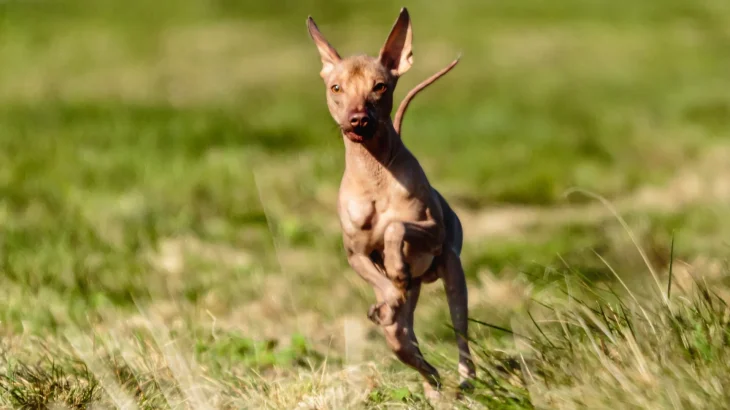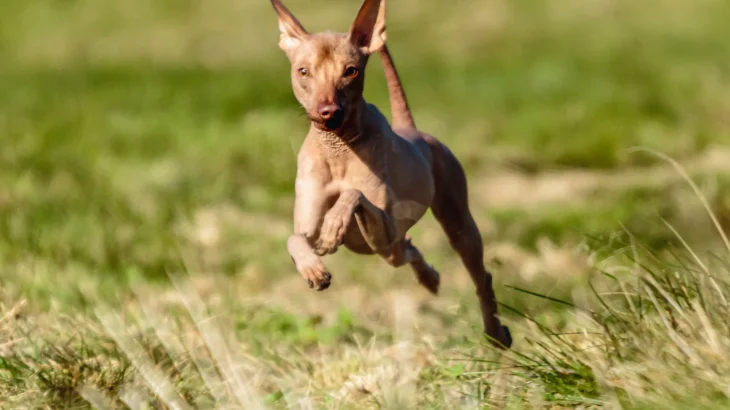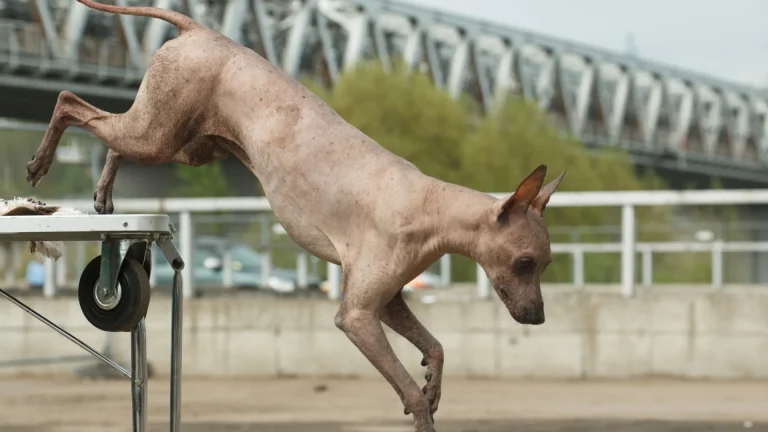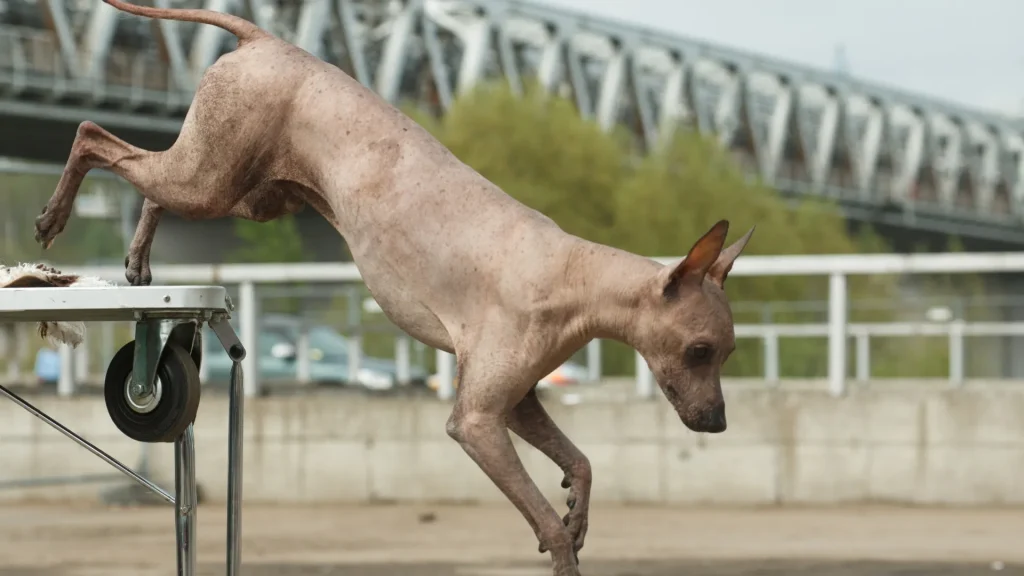When deciding between adopting or buying an Inca Hairless Dog puppy, the key considerations often revolve around known health history and ethical support. Purchasing from a breeder can offer more clarity on the puppy's medical background and genetic health, while adoption contributes to rescuing a dog in need and supports animal welfare.
| Criteria | Buying from Breeder | Adopting from Shelter/Rescue |
|---|---|---|
| Cost | Generally higher; reflects breed rarity and pedigree. | Lower fees; often includes vaccinations and basic care. |
| Health History | Detailed health screenings including genetic tests like BAER, cardiac, and ophthalmologist evaluations. | Health background may be limited but basic veterinary checks are typically performed. |
| Age Availability | Primarily puppies, allowing early socialization and training. | Varied ages including adults, sometimes beneficial for mature owners. |
| Temperament Insight | Breeders provide lineage temperament information; important for this breed's variable personality. | Shelter staff can share behavioral observations, though lineage may be unknown. |
| Supporting Practices | Supports continuation of the breed; choosing ethical breeders is important. | Supports animal welfare by giving homes to dogs that may otherwise struggle to find placement. |
| Risk of Genetic Disorders | Lower risk when purchasing from responsible breeders who perform genetic testing. | Potentially higher due to unknown genetic background, but adoption saves lives. |

